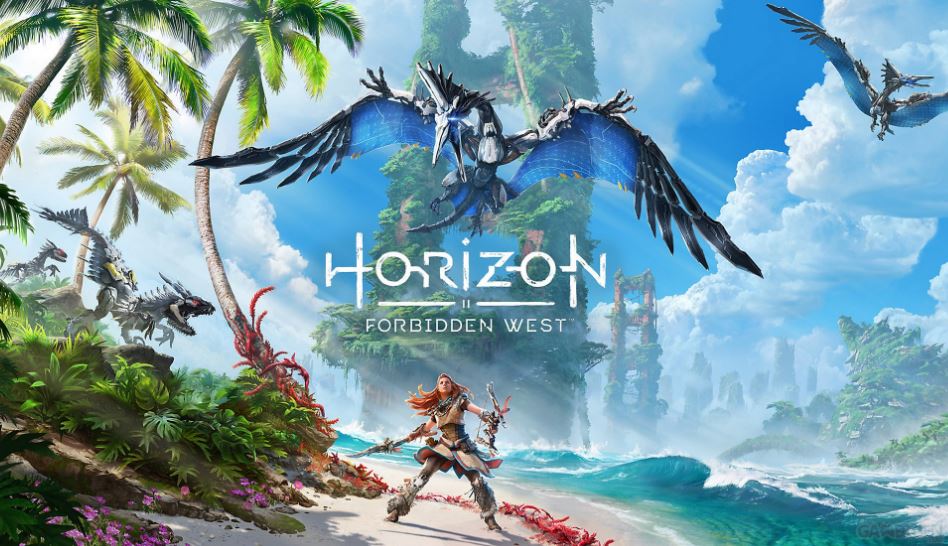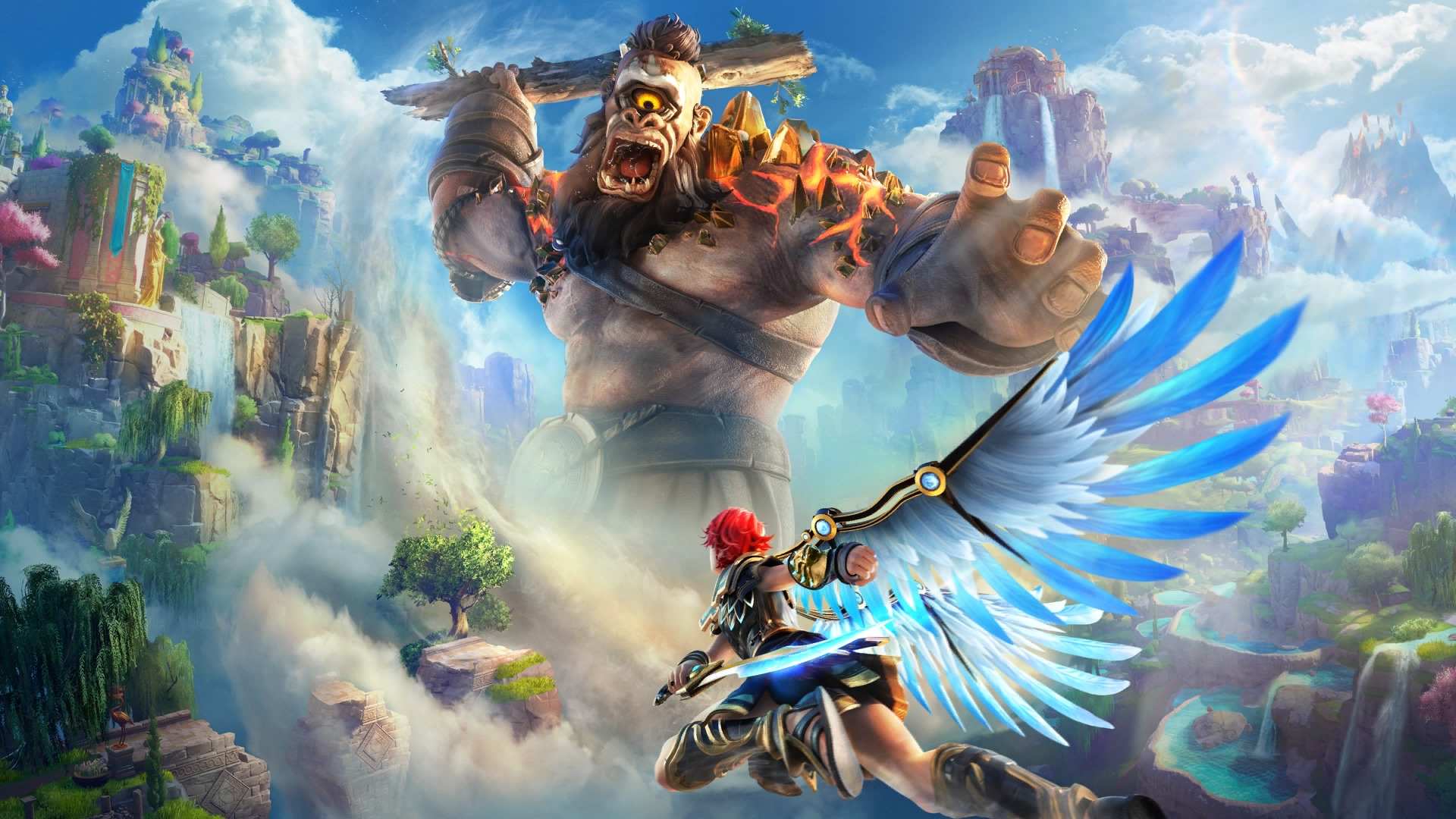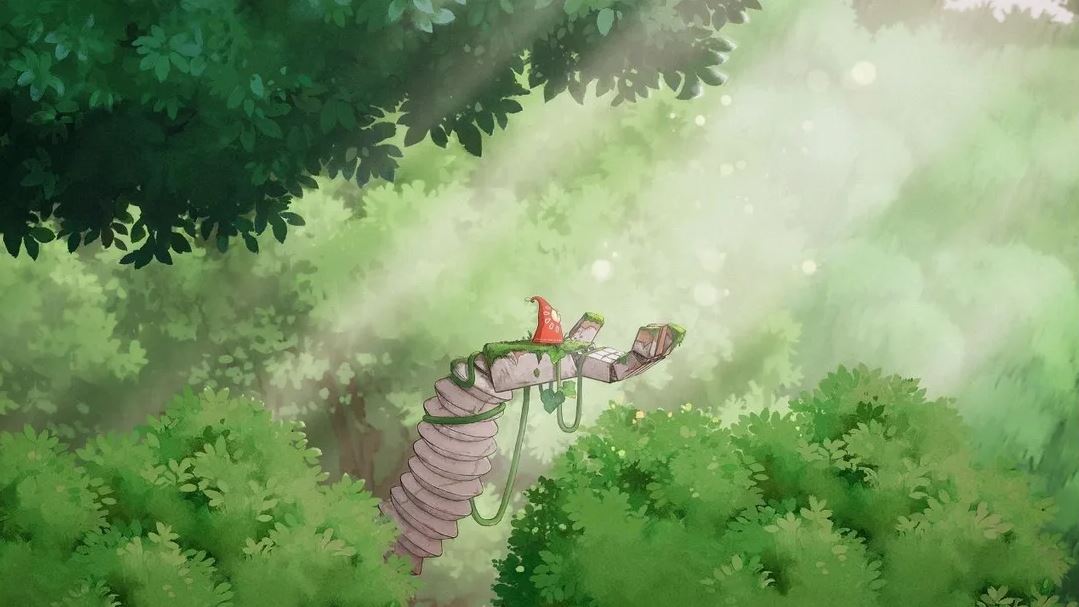Monster Hunter Rise: Sunbreak Review – After Almost 200 Hours…
Monster Hunter Rise: Sunbreak Review
A little bit more than two weeks ago, Sunbreak, the “massive DLC” for Monster Hunter Rise was released to the joyous screams of hunters everywhere hungry for a much-needed content drop.
I realize that this might be late, but I’ve had to begrudgingly scrape out time for it by stopping myself from playing more of the game. It’s just that kind of game and expansion, wouldn’t you agree?
Sunbreak continues the story of the Hunter of Kamura (the player), who, after stopping the Rampage brought about by the elder dragons of the eastern-inspired locale, now journeys to the islands westward. Here, we head to the besieged outpost of Elgado, a counterpart western/medieval setting with castles, and knights fighting a werewolf, a vampire, and Frankenstein’s Monster.
As with any MH game, the story is an accompaniment to the intricate combat that’s smack dab in the core of its DNA, but make no mistake – Sunbreak continues the trend of more cinematic events and storytelling to accentuate what used to be considered a tacked-on detail in the franchise.
The townspeople of Elgado are as alive as Kamura, if not more – having a lot to say about each other, the monsters around them, and the hunters’ exploits. This effort and attention to world-building is one of the most subtle but impactful details in the franchise, that keeps setting the bar higher in every new entry since the 4th generation began.
Journey to the West
Elgado is beautiful, and while I played this on the Switch mainly, my PC copy allowed me to also appreciate it in higher definition. The PC version had launched simultaneously with the console’s, for which is a much-appreciated sign that the development team’s back on track and are less pressed for time compared to Rise’s launch period.
The RE Engine still holds its own and maintains Monster Hunter’s bid for being one of the most visually stunning games on the Switch, while allowing for the chaos of 4-player multi sessions (and each bringing 1 cat/dog).
Yes, the cats and dogs are still here (riot if not), and some would consider this already enough of a reason to play, and they’re even cuter now with more interactions in both the hub and the quests. For a game about bashing colossal and terrifying monsters on the head with a comically large sword or hammer, it never seems to run out of charm.
The art direction in the 2 new major hunting areas are a loving homage to both classic MH, with the returning Jungle map of old, and classic horror in the Citadel, the ruins of a castle that could well have been a home to Dracula himself.
The music in Sunbreak remains top notch, and I’m eagerly awaiting the release of the full soundtrack on streaming services by the CAPCOM Sound Team. Nothing hits like Proof of a Hero while you’re jogging – just try to not smack a pedestrian in the face with an IRL Switch Skill. It’s that energizing, but our hunting skills are still best applied to hunting monsters, of course.
The voice acting in Sunbreak is also something that needs to be commended. The ENG cast is great and I can say the best thing is that they aren’t the usual JRPG fare that gets tiring and old quick. But the real treasure is the JP cast, full of anime/gacha heavyweights like Suwabe Junichi (Kyogai from Kimetsu No Yaiba), Tsuda Kenjiro (Way of the Househusband, My Hero Academia, Kaiba from Yu Gi Oh), Usaka Sumire (Girls Frontline, Overlord, Jinx from League of Legends), and Ishikawa Yui (Mikasa from Attack on Titan), among many others. Talk about all-star.
By The Numbers
Rise featured 46 huntable large monsters, 12 of which were entirely new to the series (or 13, depending on if you count Narwa separate from Allmother). The game would go on to be only truly complete over time but complete it Capcom did, adding in the Apex monsters, emergencies, and the beloved rocket-fueled Valstrax from MH Generations Ultimate.
Sunbreak delivers 18 monsters: 4 debuts (including the Three Lords, the teased western-horror inspired monsters), 5 new variant subspecies, and 9 returning monsters including the 2 announced in the upcoming 1st free title update – 64 in total with Rise.
Notably, an MH Frontier fan favorite makes its first appearance in a mainline game, rounding out what I’d say is the most creative cast of monstrous opposition in a Monster Hunter to date.
It’s a few less monsters compared to Iceborne, which had a total of 71 large monsters to hunt, adding 35 to World’s initial 36. Still, with a few title updates in store, Sunbreak will have a few more challenges to introduce to hunters.
A lot of online content pushes the narrative of comparison between the two DLC releases, and understandably so – Rise/Sunbreak and World/Iceborne are both the future of the Monster Hunter franchise – and this conversation will surely continue at least until the 6th generation arrives. Is Sunbreak better than Iceborne? Arguable. In the words of popular Youtubers… “what do you think? Leave a comment down below”.
Getting to the Well-done Steak of the Hunt
There are a multitude of new additions to Sunbreak in terms of gameplay, starting with the ability to carry more two hot-swappable loadouts of Switch Skills to a hunt. No more going back to the tent in camp to reconfigure – now you can configure a build even to support 2 sets of builds and incorporate a dance between both while fighting a monster.
Coupled with 3 new Switch Skills added for each weapon, and a few dozen new passive armor and rampage skills, the customization of your hunter’s prowess is going to drive those gameplay hours way up, if that’s your thing. If you want to just hunt, the full monster armor sets offer battle-worthy benefits themselves already, and the customization and mixing-and-matching is a sweet sweet cherry on top for Sunbreak.
All of Sunbreak’s hunts now come in the new Master Rank category. Monsters hit harder and are more aggressive, and every vanilla Rise enemy comes back with a vengeance and a few new moves. Nevertheless, the progression feels smooth, and if you’ve been playing Rise, you’ll feel the familiar difficulty curve, which is often circumvented by upgrades to your gear and a little practice.
And then there’s always the option to hunt in a group in Sunbreak – though my gripe of Capcom’s archaic multiplayer lobby implementations and wonky netcode (in the Philippines, at least) is still present. Expect a few disconnects here and there – annoying, but nothing really gamebreaking, especially when compared to based MH World servers kicking and filtering friends from lobbies.
That said, my favorite major appendix to Rise’s systems are the Follower Quests and Support Surveys – pseudo-multiplayer hunts wherein you bring one or two NPCs and their Palamutes along with you to a hunt. It harkens a lot to Dragon’s Dogma or even Dark Souls-style summoning, except with a bit more dialogue and unique conversations depending on the partners you bring.
It’s a fun way to introduce a way to hurdle the game’s complexities by offering a partner without penalizing the group with their faints. I sure loved fighting alongside the Kamura legends in Fugen, Utsushi, Hinoa, and Minoto too, while hearing them exchange banter as a monster tears through our ranks. The story missions also get some love because of Fiorayne sometimes joining you in them – no spoilers, but the final boss’s quest is EPIC and really one of the best final bosses in the franchise.
What we liked:
- Monster variety is fantastic
- The new mechanics really add a new dimension to gameplay
- Hundreds of hours worth of content
- Superb visuals and voice acting
What we didn’t like:
- More of the same, which is expected
Verdict: Buy it!
Monster Hunter Rise is a success and Sunbreak just builds on top of the formula by adding more of the same of what made past installments great.
Both Rise and Sunbreak are easy to love, easy to hook you in but hard to let go. Considering that Rise is arguably the easiest generation to get into for newcomers, Sunbreak really caps the experience off and massively upgrades the base game in more ways than one.
Sunbreak isn’t really breaking any molds, but at this point in the series – it doesn’t have to, at least not yet. It’s an amalgamation of new and old Monster Hunter and a worthy capstone for Rise, in a so-tasty digestible package that’s just beckoning you to sink your teeth in it.
Hilariously, nothing can quite pay for all of the time in my life I am losing to this game. I’m probably closer to TWO hundred hours in on Sunbreak alone. I had like 600 in Rise. Make of that what you will.
*Monster Hunter Rise: Sunbreak was reviewed on a Nintendo Switch and PC via a code provided by the publisher.





